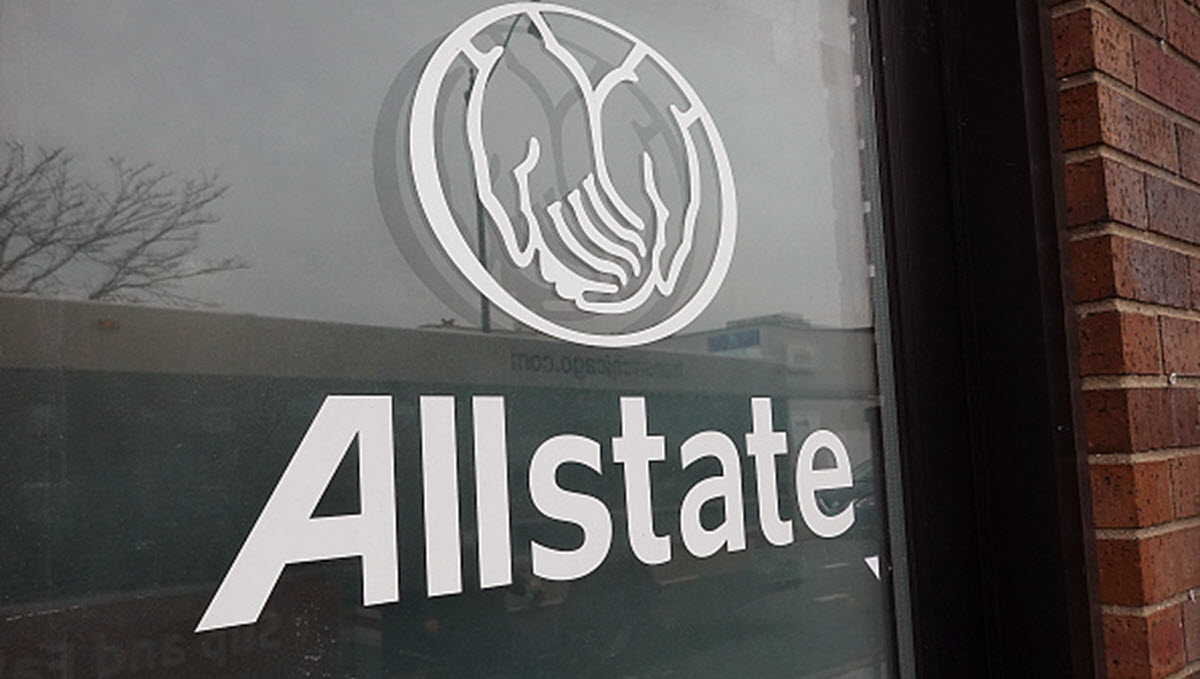Wall Street and campaign finance dominated the debate Thursday night, as Bernie Sanders and Hillary Clinton faced off in the first Democratic showdown of the new year.
Both candidates took jabs at the other, but were those strikes fair or below the belt?
Sanders, the senator from Vermont, delivered the first blow, criticizing Clinton’s campaign funds.
“What being part of the establishment is, is in the last quarter, having a superPAC that raised $15 million from Wall Street,” Sanders told the crowd.
Sanders is only partly right. First, political action committees, or PACs, actually file reports every six months, not every quarter. Clinton’s largest PAC, Priorities USA Action, received $25 million in the second half of 2015. A certain percentage of that money does come from Wall Street, but even Sanders couldn’t accurately say exactly how much, since the funds also include money from retirees, spouses and other PACs.
A Washington Post analysis of Federal Election Committee filings showed that “through the end of December, donors at hedge funds, banks, insurance companies and other financial services firms had given at least $21.4 million to support Clinton’s 2016 presidential run…”
Clinton, meantime, fired back about Sanders’ voting record when it comes to Wall Street.
Local
“You’re the one who voted to deregulate swaps and derivatives in 2000, which contributed to the over-leveraging of Lehman Brothers, which was one of the culprits that brought down the economy,” she said.
That’s true. Sanders did vote yes on the Commodity Futures Modernization Act of 2000, which prevented the regulation of credit default swaps, the financial tool that helped catapult the economy into recession.
Sanders continued his blows to the banks.
“I would tell you also that when you have three out of the four largest banks in America today, bigger than they were — significantly bigger than when we bailed them out because they were too big to fail,” he said.
That’s true. If you just look at bank assets. JP-Morgan Chase, Bank of America and Wells Fargo have grown by trillions. Citigroup’s assets have declined in that time.
But the risk to taxpayers is now much lower than it was in 2008 thanks to the passage of Dodd-Frank. Banks now have to keep higher reserves and they cannot invest in risky ventures, like hedge funds.
Plus, the Federal Reserve conducted a stress test last year and found the top 31 banks, not just the biggest three or four, could withstand a 2008-level recession without needing a bailout.



